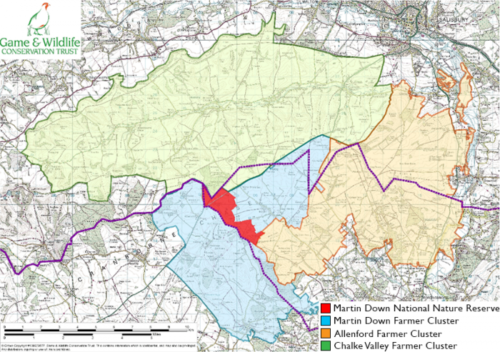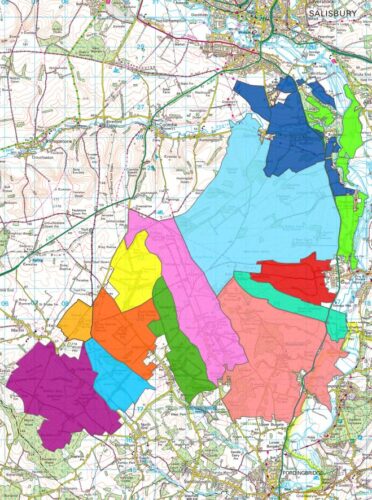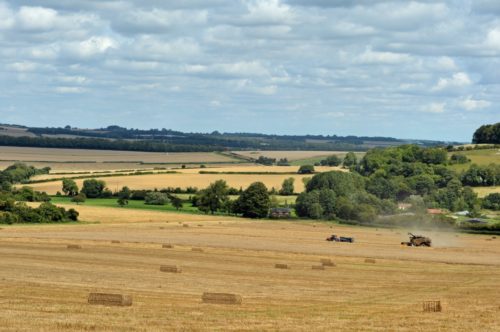Part of the Martin Down Farmer Supercluster – follow us on Twitter – @MDSuperCluster
Established: 2013
Lead farmer: Rob Shepherd
Facilitator: Megan Lock mlock@gwct.org.uk
Members: 12
Area of outer boundary: 7,500 hectares
Background
The Allenford Farmer Cluster was formed in the Avon catchment in Hampshire and Wiltshire, south of Salisbury, in 2013. It was one of five original pilot groups that GWCT helped to set up, inspired by the success of the Marlborough Downs NIA.
The group is independently funded by the farmers themselves and an agricultural fund. The farmers inspired their neighbours across the region which led to the formation of two adjacent farmer clusters (Chalke Valley and Martin Down) and this collective trio is called the Martin Down Farmer Supercluster, and it covers an area of 236 km2.
Target species and habitats:
Turtle dove, barn owl, orchids, woodcock, grey partridge, corn bunting, hedgehog, harvest mice, arable flora, bumblebees, soil organic matter, Duke of Burgundy, dark-green fritillary, small blue butterfly, lapwing and chalk downland links.
Aims:
- To restore, enhance and create habitats across the cluster for our target species as and when opportunities arise and agri-environment renewals allow
- To increase the sustainability of our wild grey partridge population by creating an ambitious new multi-farm corridor of habitat and gamekeeping between two existing strongholds
- To increase provision of supplementary feed and nesting boxes across the landscape
- To monitor and survey farmland to understand distribution and status of species and habitats
- To learn about and share information and ideas between members via a programme of training and social events
- To engage with our local communities
Monitoring:
We have an ongoing programme of surveys across Allenford Farmer Cluster, supported by GWCT and volunteers:
- Barn owl ringing
- Bumblebee surveys ‘BeeWalks’
- GWCT Big Farmland Bird Count
- Grey Partridge Count Scheme
- Arable flora inventories
We have also conducted harvest mouse nest searches, breeding bird surveys, hedgehog and reptile surveys across the cluster and have submitted thousands of records for our target species via Living Record.



